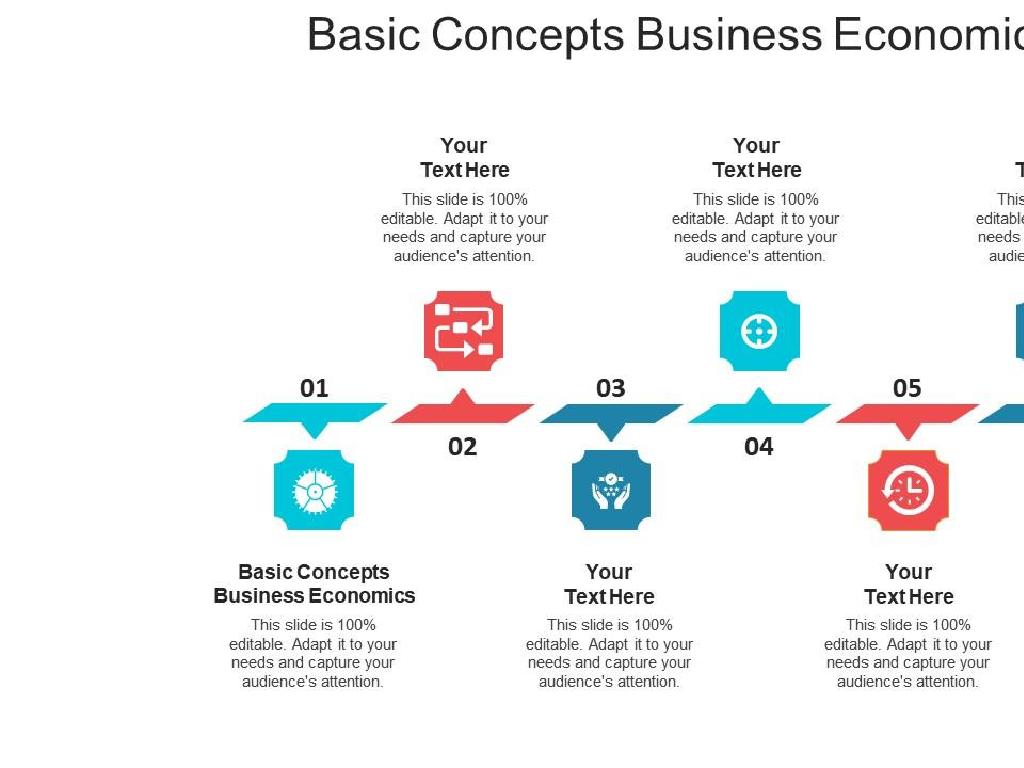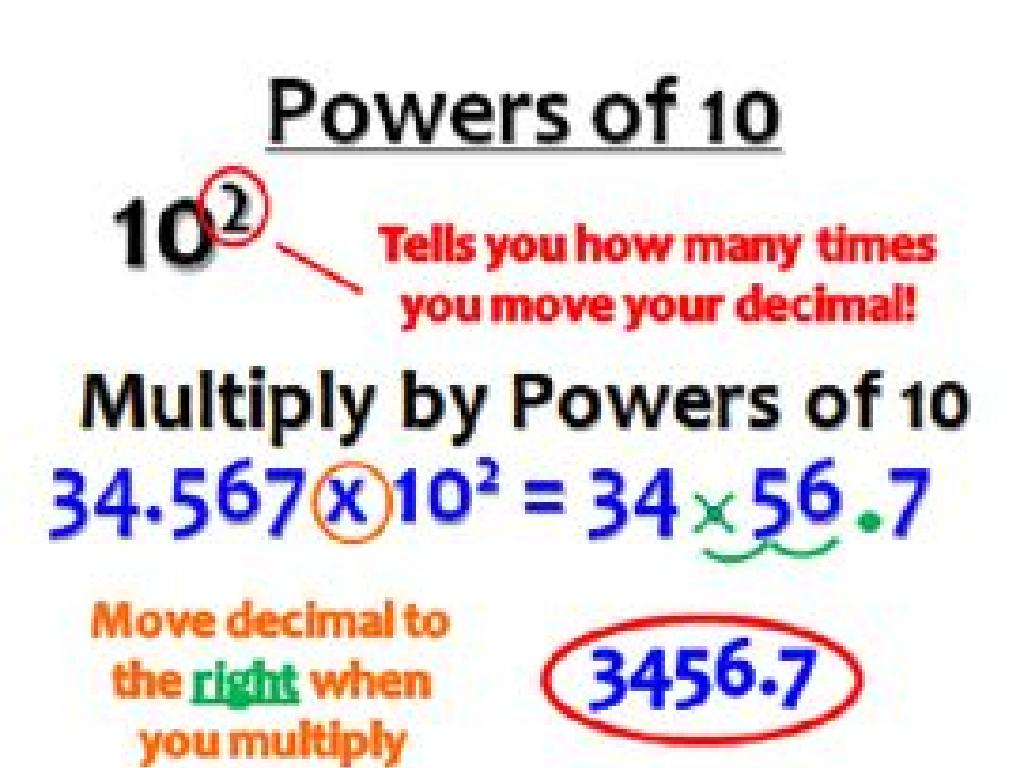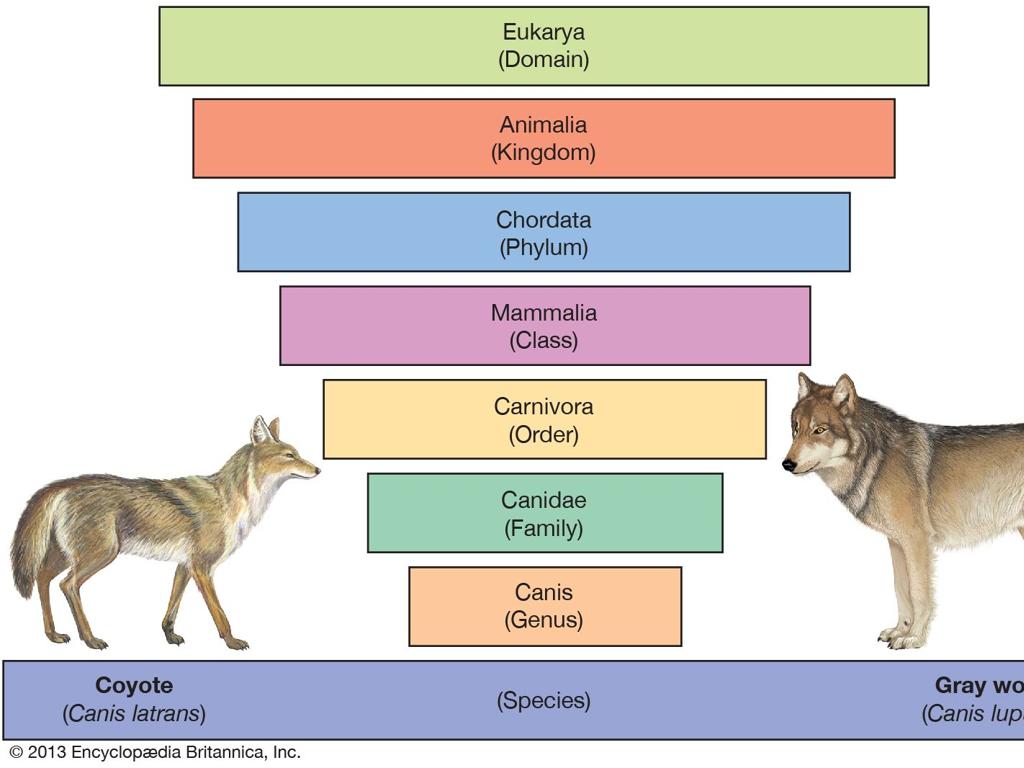Interpret Scatter Plots
Subject: Math
Grade: Fifth grade
Topic: Data And Graphs
Please LOG IN to download the presentation. Access is available to registered users only.
View More Content
Today’s Adventure: Interpret Scatter Plots
– What is a scatter plot?
– A graph with points plotted to show a possible relationship between two sets of data.
– Visualizing data with scatter plots
– Scatter plots show trends or patterns, making data easier to understand.
– The importance of scatter plots
– They help us see correlations and make predictions based on data.
– Scatter plots in daily life
– Examples: Weather patterns, sports scores, or class test results.
|
This slide introduces students to scatter plots, a type of graph used to visualize data and identify potential relationships between different sets of data. Begin by explaining that a scatter plot is a graph with dots representing the values of two variables. The position of each dot on the horizontal and vertical axis indicates values for an individual data point. Discuss how scatter plots can reveal trends and patterns, such as a general direction that data points seem to follow. Emphasize the importance of scatter plots in various aspects of everyday life, such as predicting the weather, analyzing sports statistics, or understanding trends in classroom test scores. Encourage students to think of other areas where scatter plots might be useful. The goal is to help students recognize the value of scatter plots as a tool for making sense of data.
Exploring Scatter Plots
– Scatter plot: a graph type
– Shows relationship between two variables
– Points represent observations
– Each dot is one piece of data
– Patterns in scatter plots
– Look for lines, groups, or stand-alone points
– Trends, clusters, and outliers
|
A scatter plot is a graph that illustrates the relationship between two different variables, allowing us to see if there is a possible correlation. Each point on the scatter plot represents an individual observation from the data collected. When we analyze scatter plots, we look for patterns that emerge, such as trends which might indicate a positive or negative correlation, clusters where a group of data points are close to each other, and outliers which are points that stand far away from the rest of the data. Understanding these patterns helps us to interpret the data and draw conclusions about the relationship between the variables being studied. Encourage students to think of examples where they might see these patterns in real life, such as comparing hours studied and test scores.
Parts of a Scatter Plot
– Understand the x-axis and y-axis
– The x-axis is horizontal, and the y-axis is vertical.
– Learn about data points
– Each point shows a value pair for two variables.
– Explore the line of best fit
– A line that shows the general direction of the data.
– How these parts tell a story
|
This slide introduces students to the basic components of a scatter plot, an important tool in data interpretation. The x-axis and y-axis are the foundation, representing the two variables we are comparing. Data points are individual values plotted on the graph, each representing a pair of related data. The line of best fit is a straight line drawn through the center of the data points that best represents the data’s trend. Understanding these elements helps students to start interpreting the relationship between the two variables being compared. Encourage students to think of a scatter plot as a story of how one thing affects another, with the plot providing visual clues.
Reading Scatter Plots
– Identify the axes and scales
– X-axis (horizontal), Y-axis (vertical); check the units
– Find and interpret data points
– Each point shows a data pair; what does it tell us?
– Recognize patterns in data
– Do the points go up, down, or show no pattern?
– Understand correlation types
– Positive goes up, negative goes down, none is scattered
|
This slide introduces students to the basics of reading scatter plots, an important skill in understanding data in graphs. Start by explaining the axes and their scales, which provide the framework for interpreting the data. Each point on the scatter plot represents a pair of values, one for each axis. Students should learn to find these points and understand what they represent. Next, guide students to look for overall patterns that the data points form. A positive correlation means that as one variable increases, so does the other. A negative correlation indicates that as one variable increases, the other decreases. No correlation means there is no clear pattern. Use examples like height vs. shoe size for positive correlation, study time vs. number of errors for negative correlation, and favorite color vs. number of pets for no correlation.
Interpreting Patterns in Scatter Plots
– Positive correlation explained
– When one value goes up, so does the other. E.g., study time and test scores.
– Negative correlation explained
– One value goes up, the other goes down. E.g., speed and travel time.
– Understanding no correlation
– No clear pattern between values. E.g., shoe size and test scores.
– Analyzing scatter plot data
|
This slide aims to help students understand the concept of correlation in scatter plots. A positive correlation means that as one variable increases, the other variable also increases, which can be seen in real-life examples like the more you study, the higher your test scores. A negative correlation is the opposite, where an increase in one variable leads to a decrease in another, such as the faster you travel, the less time it takes to reach your destination. No correlation means that there is no apparent relationship between the two variables, like shoe size and test scores. Encourage students to look for these patterns in scatter plots and to think critically about what the data is showing them.
Scatter Plots in Real Life
– Height vs. Shoe Size
– Taller people often have larger feet.
– Study Time vs. Test Scores
– More studying can lead to better scores.
– Age vs. Number of Friends
– As kids grow, they might make more friends online.
|
This slide presents real-life examples where scatter plots are used to identify relationships between two variables. For height and shoe size, students can expect to see a positive correlation, meaning as one’s height increases, their shoe size tends to increase as well. Study time versus test scores also typically shows a positive correlation, where more study time can result in higher test scores. Lastly, age versus the number of friends on social media may vary, but it can be an opportunity to discuss how social behaviors change as children grow older. Encourage students to think of other examples in their lives that could be represented in a scatter plot and discuss the type of correlation they might expect to see.
Let’s Practice: Creating Scatter Plots
– Collect class data for plotting
– We’ll gather interesting data from everyone
– Create our scatter plots
– Use graph paper to plot the points we collect
– Interpret the results together
– What do our scatter plots tell us about the data?
– Understand patterns & correlations
– Do the points form a line or cluster?
|
This slide is for a class activity focused on creating and interpreting scatter plots. Start by collecting data from the students that can be plotted, such as shoe size vs. height or hours of study vs. test scores. Guide the students in plotting this data on graph paper, ensuring they understand how to label the axes and scale the graph. Once the scatter plots are created, discuss as a class what the plots might indicate about the relationship between the two variables. Look for patterns or correlations, such as a line of best fit or clusters of data points. This activity will help students grasp the concept of scatter plots as a visual representation of data and the beginning of understanding statistical relationships.
Class Activity: Creating Scatter Plots
– Form small groups for activity
– Choose two variables to compare
– Variables could be height vs. shoe size
– Collect data from group members
– Record data like age, favorite number, etc.
– Create and present a scatter plot
– Use graph paper to plot points & see trends
|
This activity is designed to provide hands-on experience with scatter plots. Divide the class into small groups and have each group select two related variables to compare, such as height versus shoe size or age versus favorite number. Each group member should contribute their own data, which will then be used to create a scatter plot on graph paper. Encourage students to look for patterns or trends in their data. Once completed, each group will present their scatter plot to the class and discuss their findings. For the teacher: Prepare a list of variable pairs for groups to choose from, provide graph paper, and assist groups as needed. Possible activities could include comparing study time to test scores, daily screen time to hours of sleep, or number of books read to grades in Language Arts.
Scatter Plots: Conclusion & Reflection
– Recap of scatter plot learning
– Scatter plots in decision-making
– Visualize trends to inform choices, like in sports or weather patterns.
– Share an interesting takeaway
– Maybe it was seeing patterns or predicting outcomes?
– Reflect on today’s discoveries
|
As we wrap up today’s lesson, let’s reflect on what we’ve learned about scatter plots. These graphs help us see relationships between two sets of data, allowing us to observe patterns and trends. Understanding scatter plots can aid in making informed decisions in various real-world scenarios, such as predicting the best time to sell lemonade based on temperature trends. Encourage students to share one aspect of scatter plots they found intriguing, which could be anything from the way data is spread out to how it can predict future events. This reflection helps solidify their understanding and appreciate the practical applications of scatter plots.






